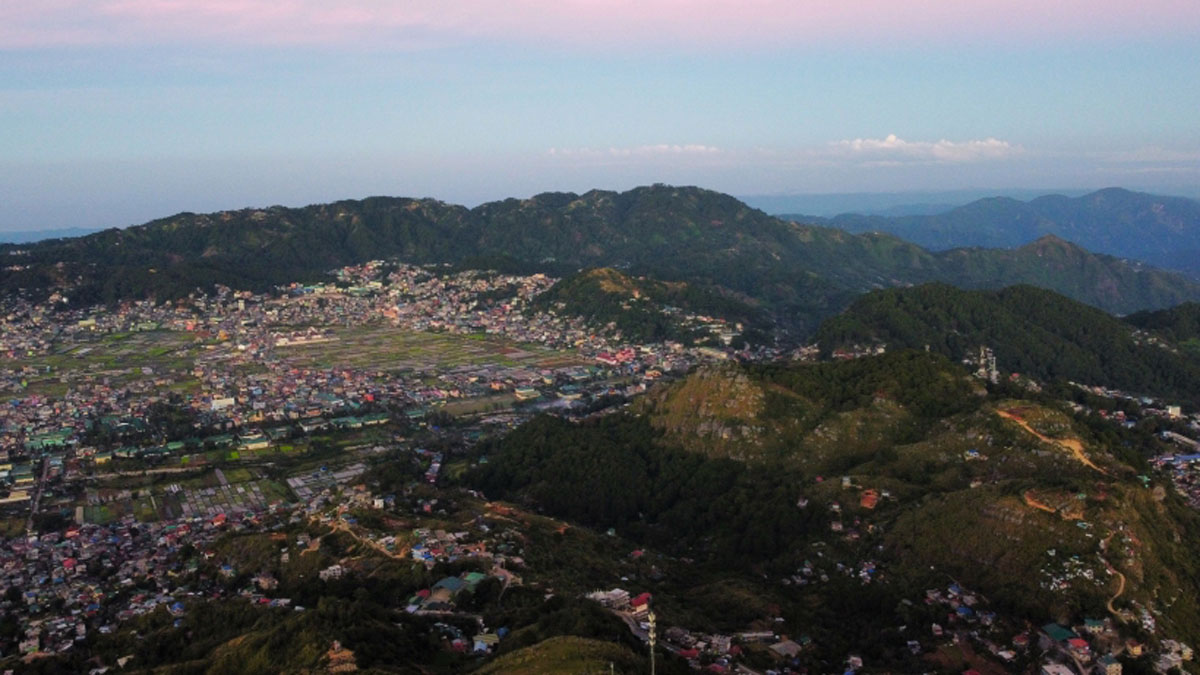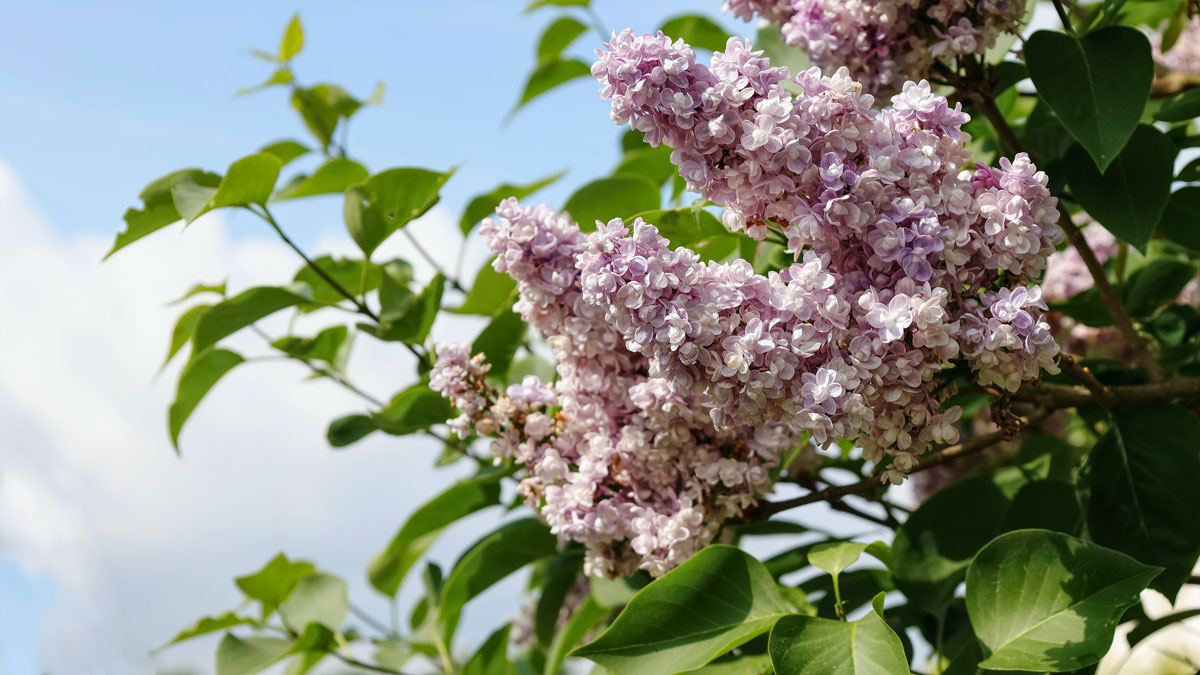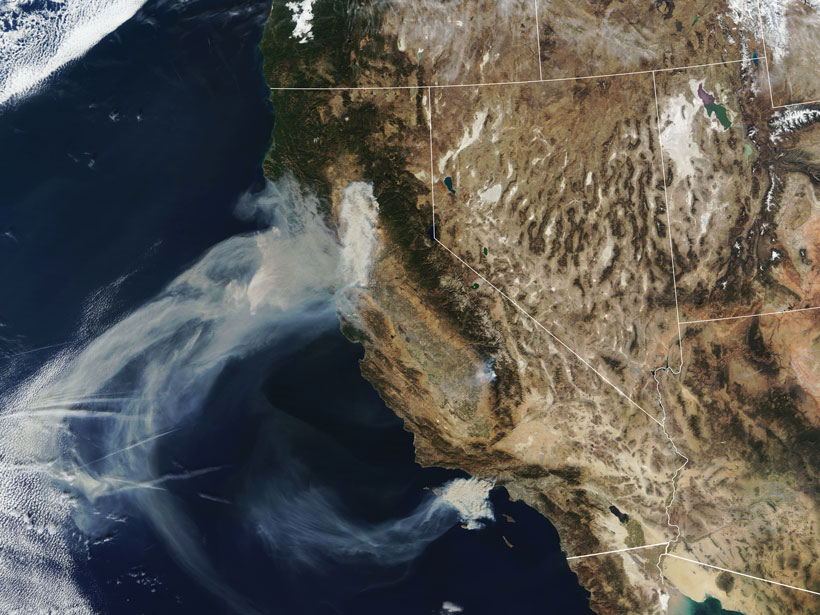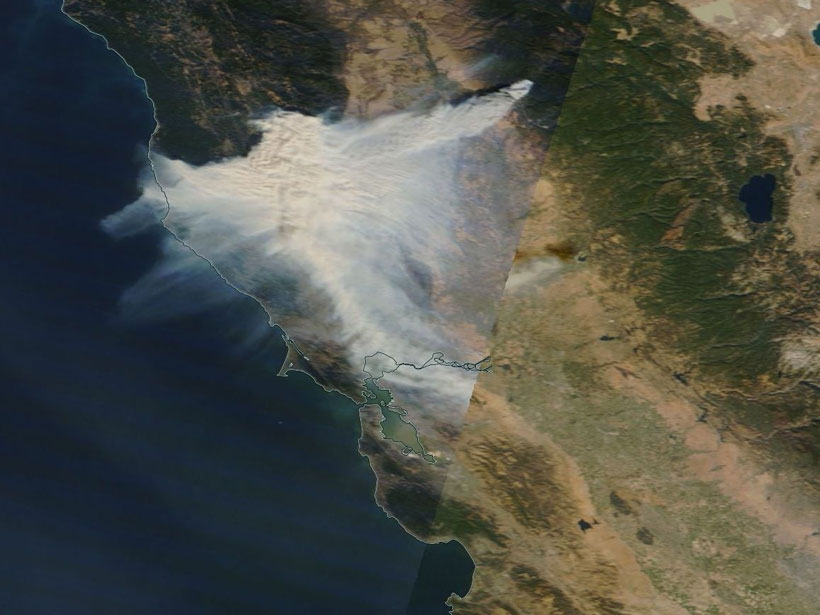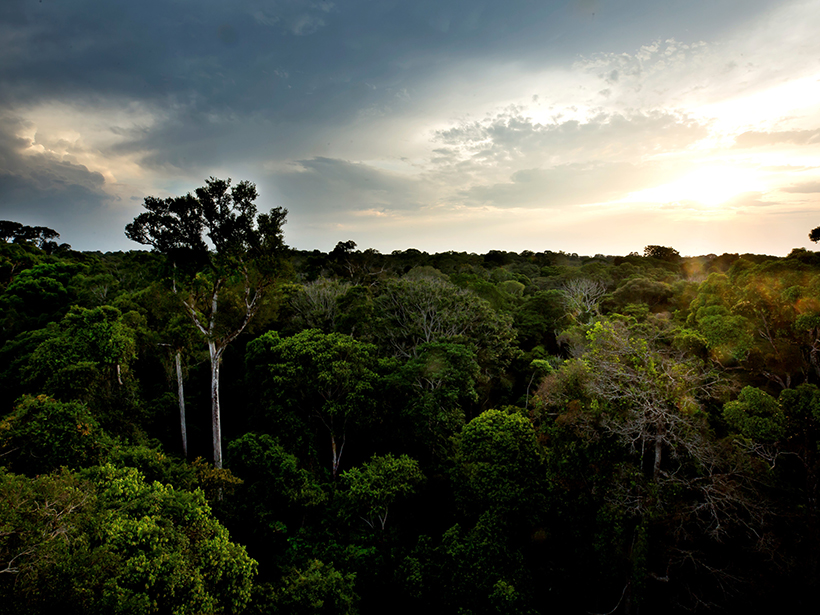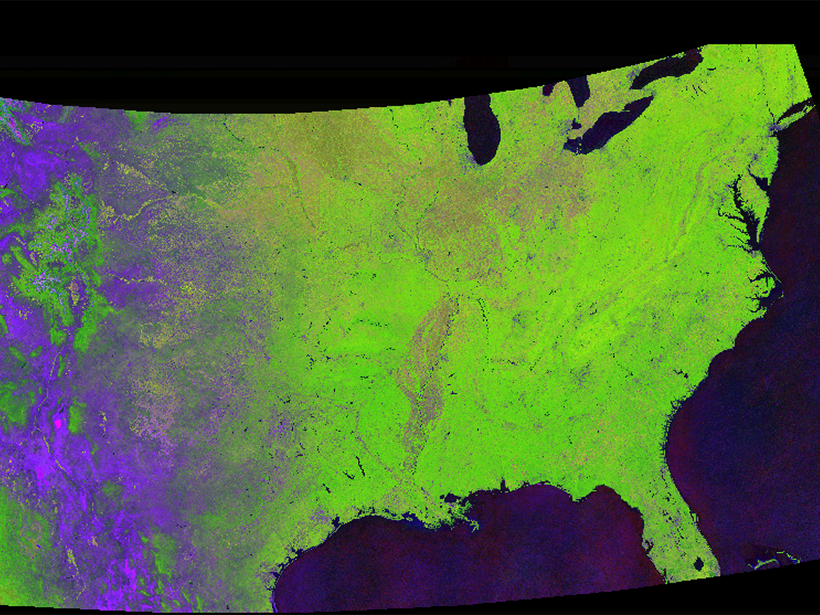A new tool maps coastal sediments on the basis of water color. It shows that 75% of the world’s coastlines may be losing suspended sediment.
MODIS
Arctic Warming Is Driving Siberian Wildfires
Increased temperatures and drought are leading to more wildfires. And wildfire smoke aerosols can suppress precipitation, drying out soils and further increasing fire risk.
Shallower Clouds Hang More Often over Lost Forests
Two decades of satellite data show that deforestation in Southeast Asia has led to widespread low-lying clouds that might affect regional climate.
Leaves Are Springing Up Earlier Along the Appalachian Trail
Satellite images of lustrous new leaves reveal changes that will have cascading effects on diverse ecosystems in the eastern United States.
Zooming In on Small Fires in Africa
By analyzing high-resolution satellite images, researchers found that fires burning in Africa were undercounted by as much as 80%.
A Global Perspective on Wildfires
Satellites provide global-scale data that are invaluable in efforts to understand, monitor, and respond to wildfires and emissions, which are increasingly affecting climate and putting humans at risk.
New Eyes on Wildfires
Onboard machine learning and compact thermal imaging could turn satellites into real-time fire management tools to help officials on the ground.
A Simplified Model of Water Vapor Exchange in the Amazon
Evapotranspiration is the exchange of water vapor between land and the atmosphere, and it is hard to measure and model. A new study shows promise for its estimation over large, vegetated landscapes.
Greenland Fires Ignite Climate Change Fears
The fires are stoking worries about the vast island’s thawing permafrost.
Tracking Global Change with a Cloud-Based Living Atlas
With their feet in the cloud, Descartes Labs is pushing the limit of how we study the Earth with satellite images.



